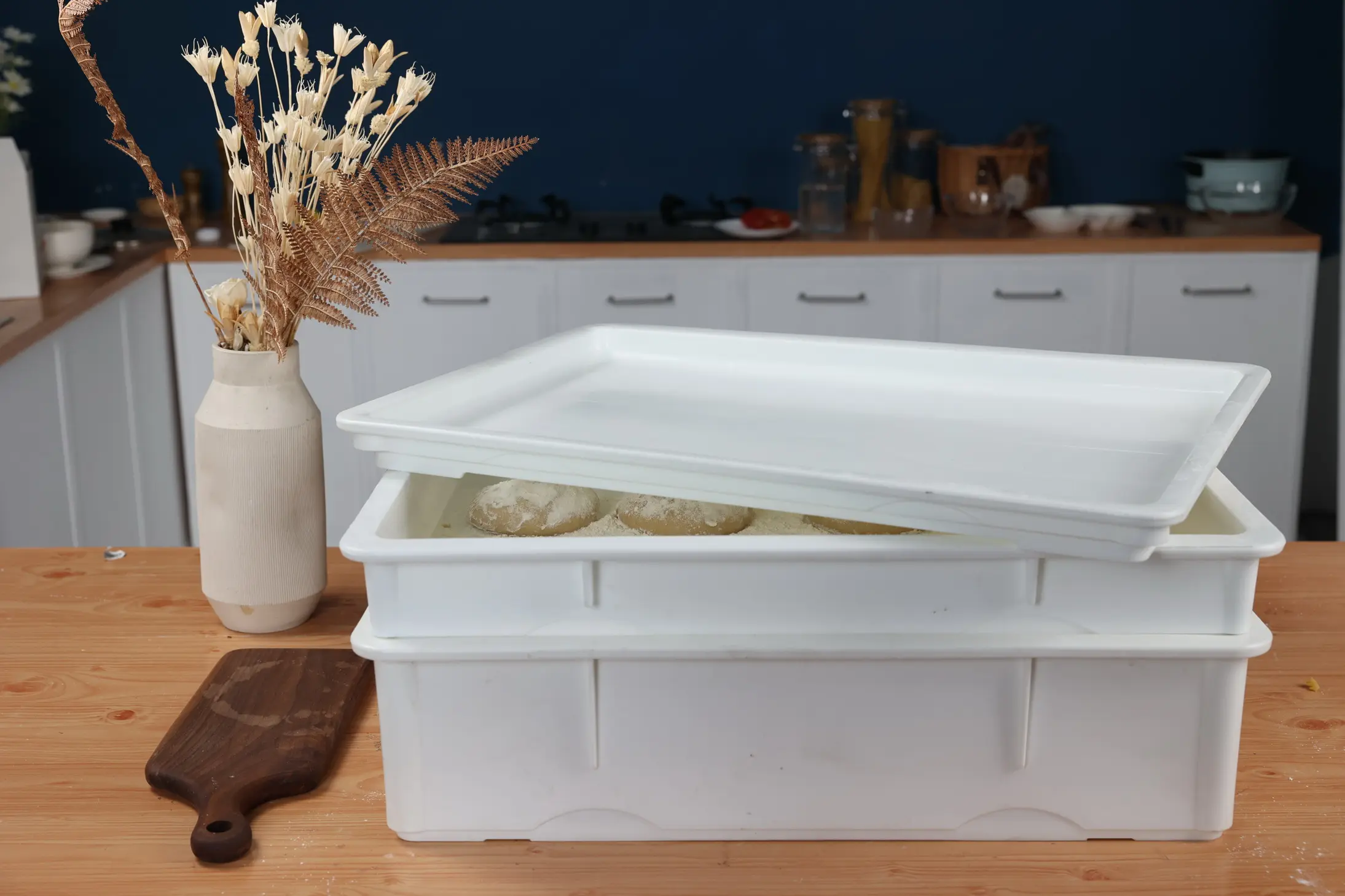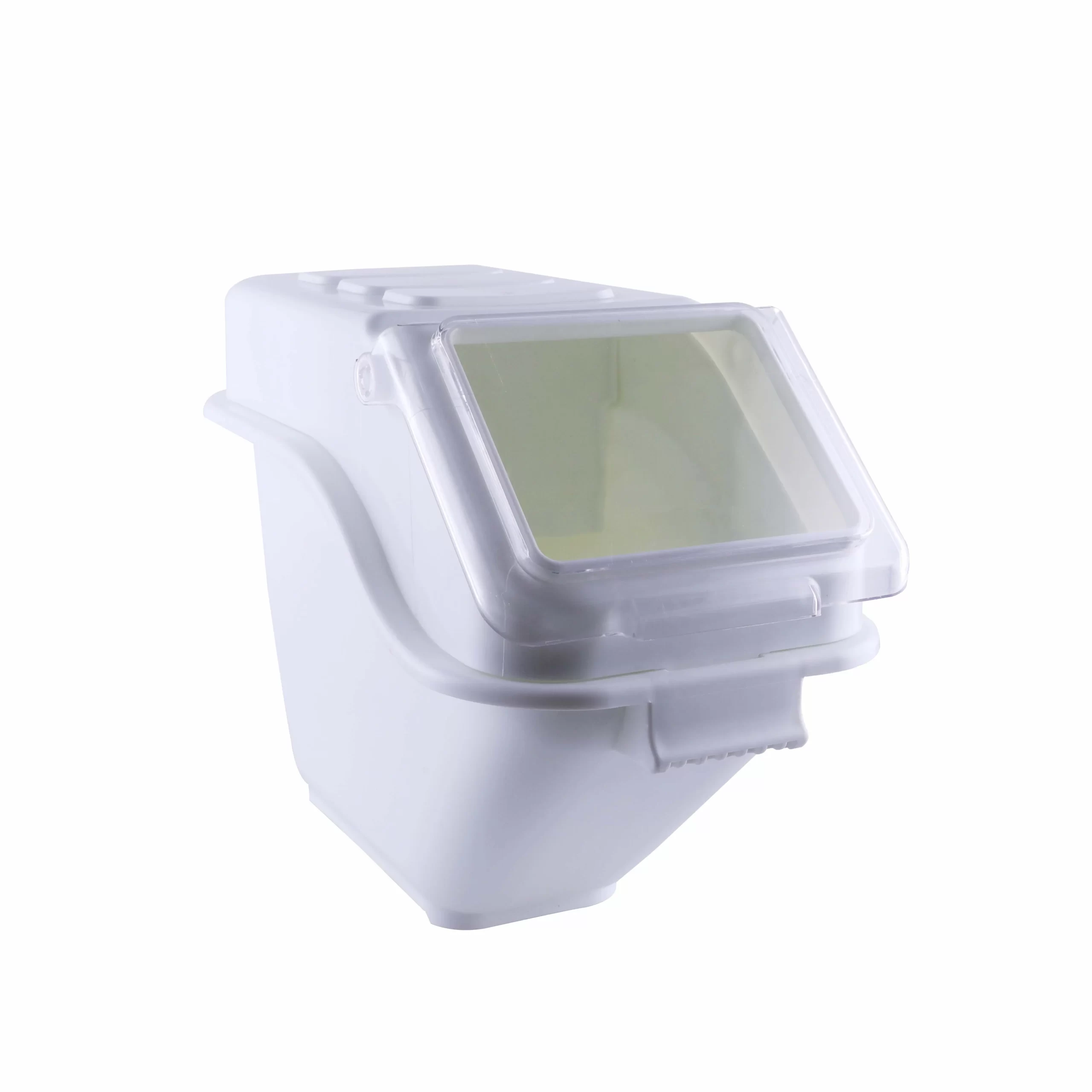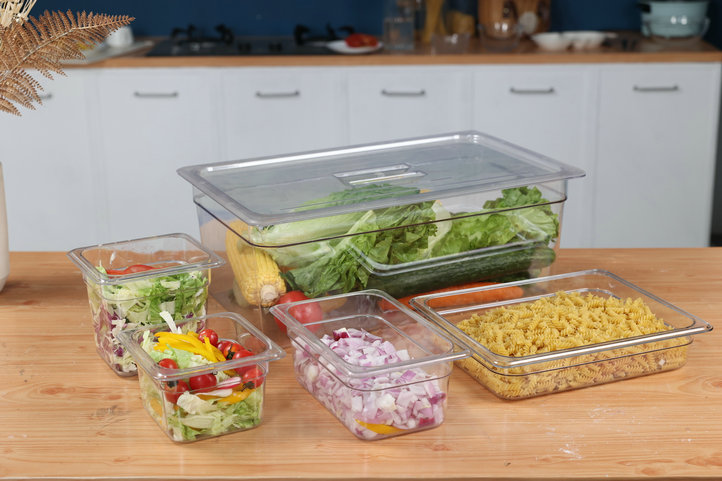At PlasticKitchen, we always safeguard the safety of your kitchen in accordance with the highest global standards. As the core regulation for market access in the European Union, the EC 1935/2004 testing (EU regulation on food contact materials) serves as the cornerstone of our product research, development, and production. From the in-depth understanding of the regulation and testing details to our brand practices, the following will comprehensively analyze how this certification system creates a reassuring kitchen for you.
I. EC 1935/2004: The “Golden Rule” of Food Safety in the European Union
Core Framework of the Regulation
- Substance Migration Limits: The migration amount of heavy metals such as lead and cadmium should be ≤ 0.01mg/kg, and the total amount of phthalates should be ≤ 0.1%.
- Sensory Protection: The material shall not change the color, smell or taste of food. For example, a silicone spatula needs to pass the taste migration test.
- Full Life Cycle Compliance: From raw materials to finished products, it is required to comply with GMP (Good Manufacturing Practice). For instance, our stainless steel cookware needs to pass the component analysis in EN 10088.
![]()
Differences from FDA
Unlike the FDA which focuses on chemical migration, EC 1935/2004 places more emphasis on the full-scene applicability of materials:
- High-temperature test: Ceramic tableware needs to pass the high-pressure steam test at 121℃ (EN 12875)
- Reusability: Plastic lunch boxes need to pass the 500-cycle dishwasher test (EN 1186)
- Special materials: Bamboo and wood tableware needs to be tested for the residue of pentachlorophenol (PCP), with a limit of ≤ 0.05mg/kg
II. The Compliance Path of PlasticKitchen’s EC 1935/2004
1. Raw Material Traceability and Formula Optimization
- Food-grade stainless steel: Use 304 stainless steel that complies with EN 10088, and pass the heavy metal dissolution test (lead ≤ 0.01ppm, cadmium ≤ 0.005ppm).
- Environmentally friendly coating technology: The non-stick pan uses a ceramic titanium coating and passes the full migration test of (EU) No 10/2011 (total migration amount ≤ 10mg/dm²).
- Degradable materials: The disposable lunch box uses polylactic acid (PLA) and passes the composting test of EN 13432 (degradation rate within 180 days ≥ 90%).
2. Precise Control of the Production Process
- Injection molding process: Antibacterial masterbatches certified by the FDA are added during the production of fresh-keeping boxes, and the migration amount of silver ions is ≤ 0.05mg/kg.
- Surface treatment: The metal tableware adopts a non-electroplating process to avoid the residue of hexavalent chromium (the detection limit is < 0.001mg/kg).
- Microbial control: Silicone products need to pass the ISO 22196 antibacterial test, and the killing rate of Escherichia coli is ≥ 99.9%.
3. Third-party Testing and Continuous Compliance
- Double verification: Each batch of products needs to pass the full-item testing by SGS and random sampling inspection by Intertek, covering 17 types of materials.
- Response to regulatory updates: After the EN 1186 standard was updated in 2023, we took the lead in upgrading the migration test methods for plastic products.
- Dynamic monitoring: Establish a material database and track the updates of the substance list of the European Food Safety Authority (EFSA) of the European Union in real time.
III. How does EC 1935/2004 reshape your kitchen experience?
1. Comprehensive Upgrade in the Dimension of Safety
- Safety at the maternal and infant level: Children’s tableware passes the EN 14372 test, and bisphenol A (BPA) is not detected, allowing it to come into direct contact with infant complementary foods.
- Adaptability to extreme scenarios: The baking tray has dual certifications of EC 1935/2004 and the US FDA, and it can be safely used within the temperature range of -40°C to 230°C.
- Chemical stability: The glass fresh-keeping box passes the thermal shock resistance test of EN 12875, with no risk of cracking under sudden cooling and heating.
2. Balance between Performance and Environmental Protection
- Enhancement of Durability: The knife handle is made of EC-certified nylon. It can withstand 100,000 opening and closing tests without breaking, and its lifespan is three times longer than that of ordinary plastic.
- Recyclable Design: The product packaging uses FSC-certified cardboard, and the ink complies with the AP (89) 1 standard, allowing it to be directly recycled.
- Low-carbon Production: The photovoltaic power generation system is introduced in the production line, which can reduce the CO₂ emissions by 1.2 tons for every 1,000 products produced.
3. Passport to the Global Market
- Cross-border Compliance: Products that pass EC 1935/2004 can freely enter 53 countries such as the European Union, the United Kingdom, and Australia.
- Advantages on E-commerce Platforms: E-commerce platforms like Amazon and TEMU give priority to displaying compliant products with the fork and knife logo.
- Consumer Trust: According to research, 78% of European users consider the EC certification as the primary reference indicator for food safety.
IV. Choose PlasticKitchen and choose EC-level safety.
At PlasticKitchen, the EC 1935/2004 testing is not just a compliance threshold; it is our commitment to quality. From raw materials to finished products, every single link strictly adheres to EU standards, all with the aim of making your kitchen a sturdy fortress for your family’s health.




